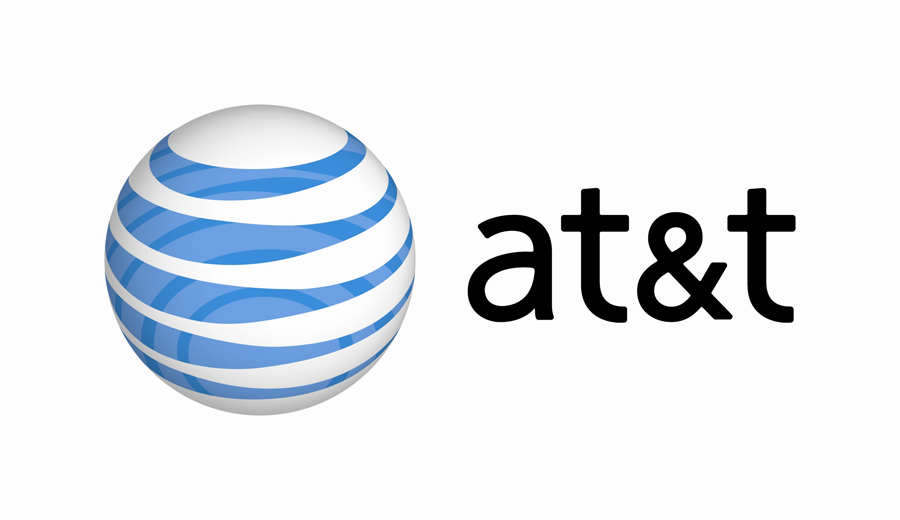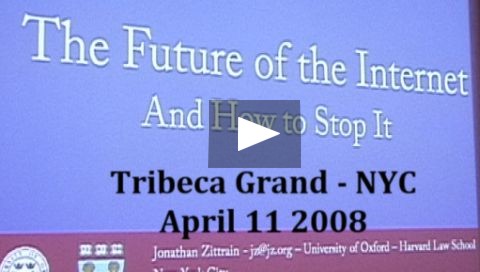The current IPv4 protocol used on the Internet is running out of the addresses needed to accommodate the growing number of users online.
The American Registry for Internet Numbers (ARIN), the organization responsible for giving out IP addresses in North America, says that 19 percent of the IPv4 addresses are still available, while 68 percent have been allocated and 13 percent are “unavailable,” whatever that could mean. There are 4.3 billion IPv4 addresses, or 2^32. IPv6 has 2^128 addresses, or 16 billion-billion.
There have been efforts to get more mileage out of IPv4 by using tricks like conversions to IPv6 or using duplicate IPv4 addresses within a firewall. This has helped extend the lifespan of IPv4 but it only prolonged the inevitable.
Until now the biggest obstacle to IPv6 has been the fact that IPv6 address information is not included in most of the root DNS servers that power the Internet. DNS (Domain Name Service) is the Internet service that translates domain names such www.example.com into the numeric IP (Internet Protocol) addresses such as 198.105.232.4 that are actually used to connect computers on the Internet.
Starting on February 4th, at least one of those adoption barriers will be addressed as records for IPv6 addresses are added to four of the key root DNS servers. The inclusion of the IPv6 records could make the adoption and operation of IPv6 a more viable option for network operators.
 A CNET article reports that, at a recent forum in London Jim Cicconi, VP of legislative affairs for AT&T, warned that the current systems that constitute the Internet will not be able to cope with the increasing amounts of video and user-generated content being uploaded.
A CNET article reports that, at a recent forum in London Jim Cicconi, VP of legislative affairs for AT&T, warned that the current systems that constitute the Internet will not be able to cope with the increasing amounts of video and user-generated content being uploaded.

 Pulvermedia’s VON TV service will
Pulvermedia’s VON TV service will 
 In the current P2P world, torrenters and the like are discovering that a recent Windows-update – included in XP service pack 3, and Vista – alters the tcpip.sys file that governs Windows tcp behavior to limit users to just 10 ‘
In the current P2P world, torrenters and the like are discovering that a recent Windows-update – included in XP service pack 3, and Vista – alters the tcpip.sys file that governs Windows tcp behavior to limit users to just 10 ‘ The American Registry for Internet Numbers (
The American Registry for Internet Numbers (
 On Sunday, 24 February 2008, in what was apparently a politically directed attempt to block YouTube, Pakistan Telecom started an unauthorized announcement of the prefix 208.65.153.0/24 – a YouTube IP – to divert local traffic away from the site. One of Pakistan Telecom’s upstream providers, PCCW Global forwarded this announcement to the rest of the Internet, which resulted in the hijacking of YouTube traffic on a global scale. The RIPE NCC Routing Information Service has published a
On Sunday, 24 February 2008, in what was apparently a politically directed attempt to block YouTube, Pakistan Telecom started an unauthorized announcement of the prefix 208.65.153.0/24 – a YouTube IP – to divert local traffic away from the site. One of Pakistan Telecom’s upstream providers, PCCW Global forwarded this announcement to the rest of the Internet, which resulted in the hijacking of YouTube traffic on a global scale. The RIPE NCC Routing Information Service has published a  The Network and Distributed System Security Symposium (NDSS) is now underway in San Diego, California.
The Network and Distributed System Security Symposium (NDSS) is now underway in San Diego, California. At the December 2007 Board of Trustees meeting held in Vancouver, ISOC presented plans for 2008 to 2010. Key to those plans were a series of new, longer term, more strategic activities which will replace the traditional ‘pillar’ model describing activities in Standards, Public Policy, and Education. The new initiatives will focus on ‘
At the December 2007 Board of Trustees meeting held in Vancouver, ISOC presented plans for 2008 to 2010. Key to those plans were a series of new, longer term, more strategic activities which will replace the traditional ‘pillar’ model describing activities in Standards, Public Policy, and Education. The new initiatives will focus on ‘ In a recent
In a recent  Tony D’Agata, vice president of federal sales for Sprint told InternetNews.com that Sprint is ramping up some specific IPv6 offerings that are expected to be ready in the second quarter of 2008.
Tony D’Agata, vice president of federal sales for Sprint told InternetNews.com that Sprint is ramping up some specific IPv6 offerings that are expected to be ready in the second quarter of 2008.